Social media is not only a major promotional platform but also an invaluable repository of information and opinions. Millions of people daily write something about various brands, businesses, influencers, etc., on social media.
💡 Read Social Listening Guide: Proven Hacks, Strategies, and Tools
Businesses may use all this data to learn more about people’s perception of the brand, to identify loyal opinion leaders, to address inquiries, and for various other purposes.
Yet, to do it efficiently, one needs a comprehensive understanding of social media management theory. Two such solutions are social monitoring vs social listening. Let’s thoroughly study both and find out which one will work best for your particular situation.
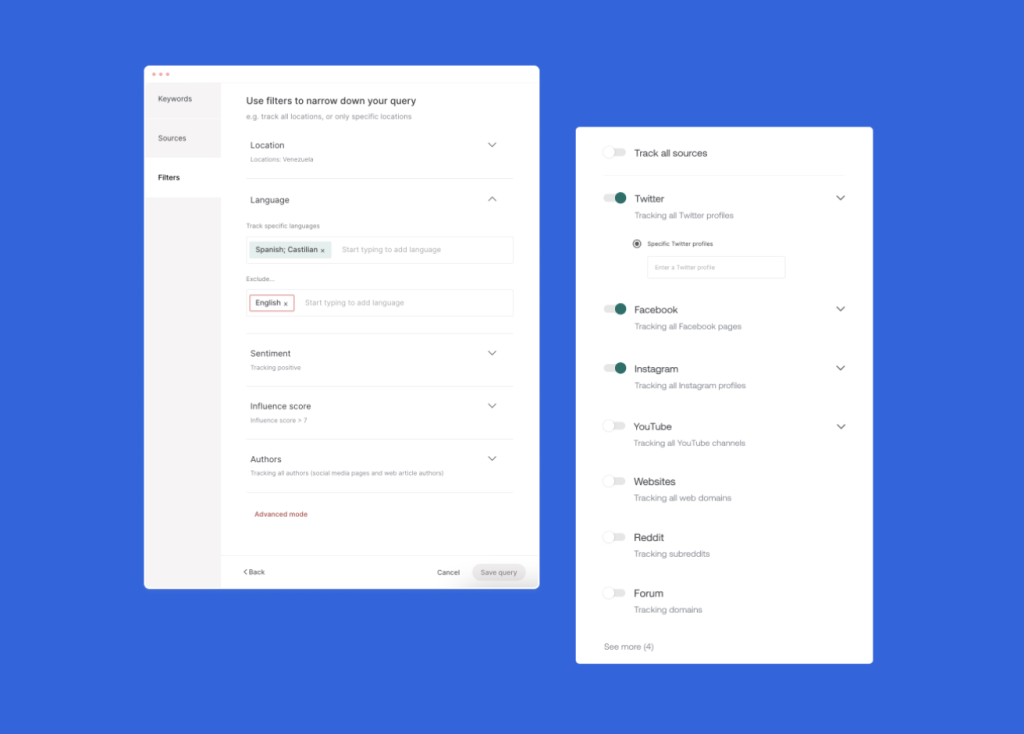
Social Listening Defined
Social listening encompasses the vast process of tracking conversations around particular topics, phrases, brands, or entire industries with the help of specialized tools. The magic of social listening lies in its ability to interpret these conversations, deciphering the sentiments, emotions, and nuances behind them.
Businesses can extract invaluable insights that serve as a compass for their strategic decisions about sales, marketing, methods of eCommerce conversion rate optimization, etc. It’s not just about what is being said today but also about predicting what might be on the agenda tomorrow. Essentially, social listening offers a proactive approach, enabling brands to be a step ahead, understanding overarching sentiment, tapping into emerging trends, and anticipating the future moves of the digital populace.
Social Monitoring Defined
Social monitoring is on the lookout for immediate disturbances or people needing assistance. It’s all about keeping a close eye on specific mentions and focused conversations related to a brand, its products, or services. So, it’s not about the big picture, it’s about the here and now.
For example, let’s say a customer tweets about a faulty product they received. Social monitoring jumps right in to address the problem quickly, offering solutions, apologies, or more information. It’s all about being super responsive and agile when it comes to handling immediate feedback, inquiries, compliments, or complaints. While social listening is about understanding everything, social monitoring is all about tackling smaller issues and constantly being right on top of things.
Read 7 Social Media Monitoring Examples To Take Inspiration From
Social Listening Vs. Social Monitoring: Key Differences
If you still don’t fully get the difference between the two social media management strategies, this block will help you by explaining each particular aspect.
The Goal
Social selling and social customer service are two of the key goals of social media monitoring. You monitor your online mentions to find comments made by current or future clients on different social media platforms and engage with them. Therefore, social media monitoring is a fantastic tool for your sales team providing customer assistance. Both include encounters with individuals, and both strive to assist and gratify current and future clients.
Social listening may have many different objectives, including increasing brand recognition, adapting your product depending on competitor methods, running an effective marketing campaign that adheres to the ideals of your target audience, and others.
Period of Validity
Monitoring social media is a short-term solution for the immediate necessity to respond to what your audience has to say. Social media listening, in its turn, is a long-term solution. Companies recieve practical information, tailored guidance, and customer experience suggestions with the intention of achieving long-term progress. For instance, if a company is addressing a problem that has been effectively resolved in the past, social listening technologies might provide them with suggestions on how to handle the situation effectively.
Read Social Listening for Crisis Management: A Comprehensive Guide
Scale
Social monitoring happens at the micro-level. Depending on the mention’s content, you may thank the customer for a favorable review or address the customer’s complaints, etc. Naturally, the short interaction may proceed as your consumers may contact you later with inquiries or requests.
Social listening is associated with a macro-level since it takes into account how your business, its goods, employees, competitors, and industry are generally talked about. You engage with a lot of social data and analyze it to learn important things about how consumers feel about your business, your brand activities, social gatherings, and other things.
Reliance on Technology
Social media monitoring can be done manually, so you don’t need any specialized technologies to identify mentions and reply to them. However, with the tools, you may respond to questions more quickly, categorize and chronologically order them, and prioritize negative or positive mentions.
Social listening, however, heavily relies on these tools. There’s just so much data out there that you can’t possibly handle it all manually. The real strength of social listening lies in analyzing and visualizing the data to spot patterns and trends, which can only be done with the tools.
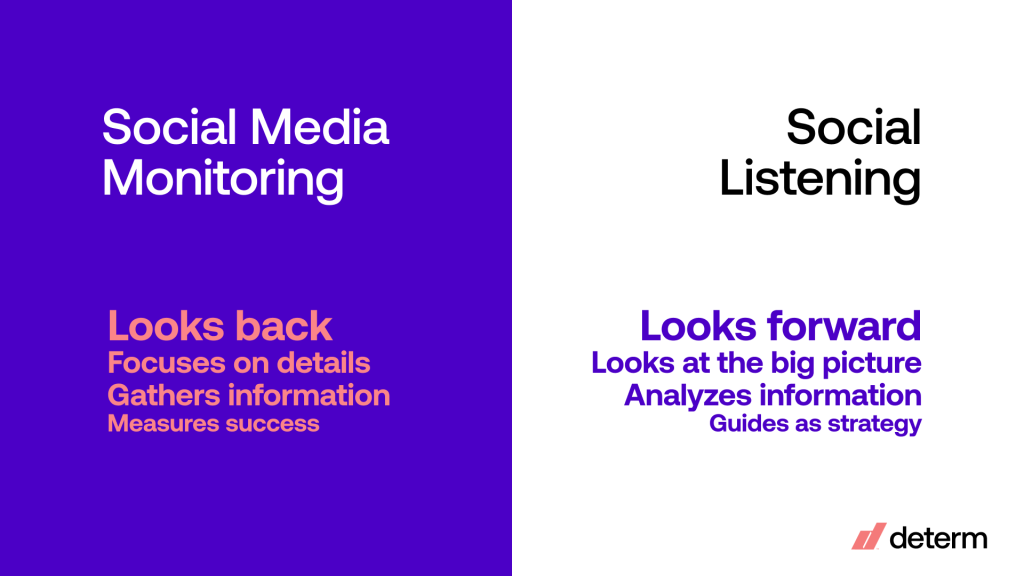
Social Listening Functions
Although sometimes social listening and social monitoring are interchangeable, they have some unique functions that can lead to a certain choice. Here’re the most prominent social listening functions.
Identifying Trends
By analyzing vast amounts of data from social platforms, social listening tools can pinpoint emerging trends while they’re still in their infancy. That way, you can stay on trend and wow your audience with fresh ideas.
Learning the Audience
Social listening gives you a backstage pass to the preferences, dislikes, and needs of your audience. Armed with this knowledge, you’ll be able to come up with content that truly resonates with them and tailor your products or services to match their desires.
Detecting Loyal Influencers
Social listening helps you identify those who genuinely love your brand and engage with it regularly, including opinion leaders. These loyal influencers can be your brand ambassadors, spreading the good word about your products or services to their own networks.
Social Monitoring Functions
Here’re some of the major functions of social monitoring.
Discovering User-Generated Content
User-generated content is authentic, relatable and can build a strong sense of community around your brand. Social monitoring scours the vast social media landscape to find those precious user-generated gems. So, you can repost, share, and celebrate the content created by your customers.
Answering Questions and Resolving Complaints
Your customers want to be heard, and social monitoring ensures that they are. Whenever someone reaches out with a question or a complaint on social media, social monitoring makes sure you’re right there to respond promptly. This level of engagement shows that you genuinely care about your customers and their experiences.
Monitor Competitors
You may learn more about how competitors are succeeding on social media platforms by using social media monitoring. Depending on their offerings and marketing initiatives, you can learn from them and be inspired. Always pay attention to the kind of content they publish, what drives their engagement, how they interact with their audience, the errors they make, and the steps they take to correct them.
Read Top 11 Competitor Analysis Tools Every Marketer Should Know
Social Listening and Social Monitoring Tools
You can’t fully harness the power of social listening or monitoring without the right set of tools at your disposal. Whether you’re a big or a small business, choosing the right platform can be challenging: you need comfortable fit and robust features for your particular needs! Let’s break down some of the top players:
Sprout Social
Sprout Social is one of the most comprehensive platforms of its kind. It gracefully caters to both the listening and monitoring crowds. For instance, Sprout’s Smart Inbox offers an accurate, real-time report of every social contact you’ve had. This covers the interaction between prospects, followers, and clients. Whether you’re keen on catching every brand mention as it happens or you’re looking to dive deep into vast analytical insights, it has got you covered.
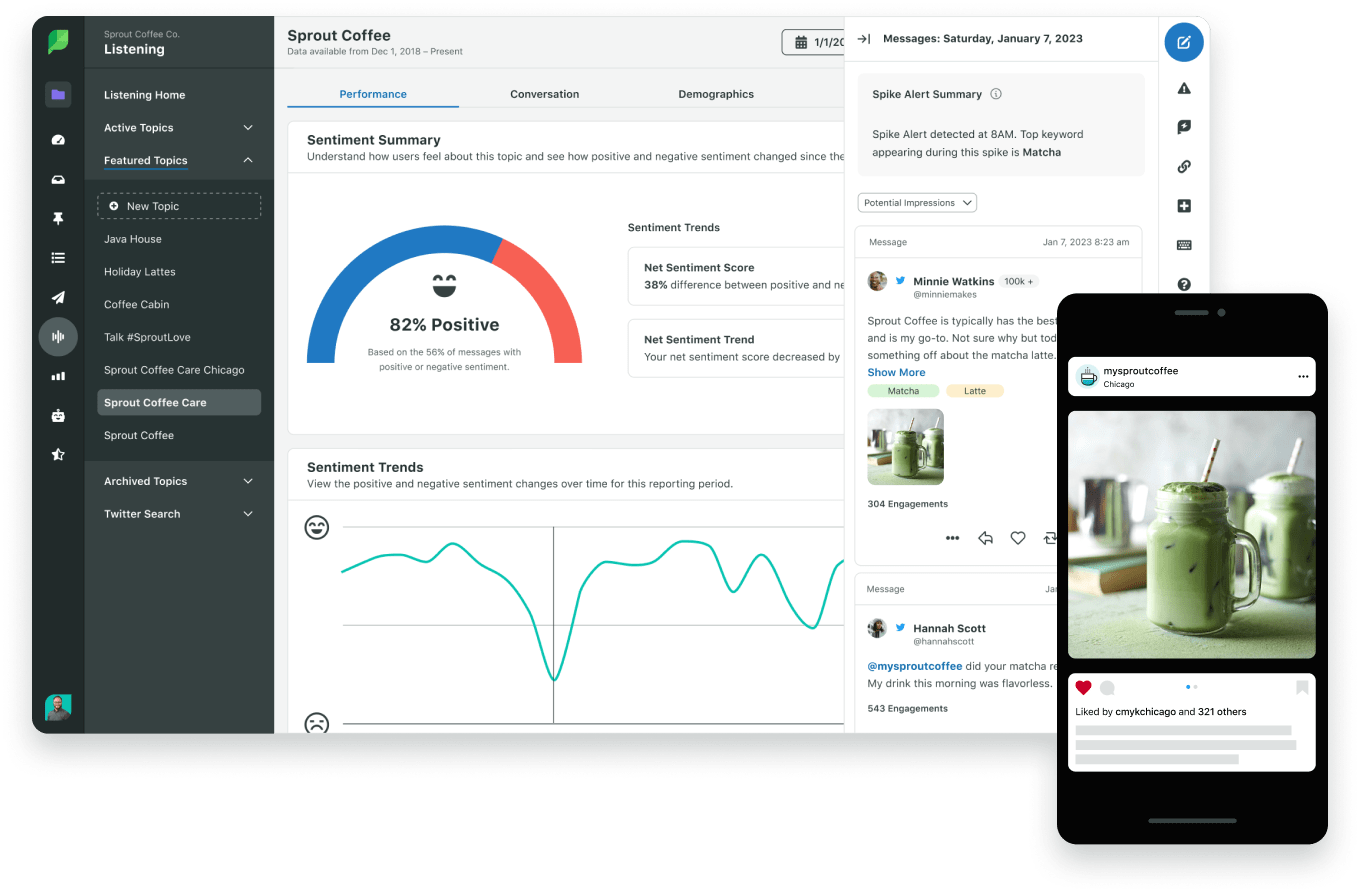
Determ
Determ is an AI-powered tool for social monitoring. It provides recommendations for better business decisions based on current customers, competition, and market information.
Determ watches keywords or phrases across 100+ million sources in various languages to find pertinent mentions. Your mentions may be viewed, filtered, and analyzed in a single feed. In addition, it delivers informative and straightforward reports.
Synthia, Determ’s AI assistant, concisely summarizes any topic you are following and suggests the next steps. It instantly pinpoints the most important risks or opportunities that might affect your brand, competitors, or your sector. Additionally, Synthia identifies potential brand advocates you can recruit to build brand awareness.
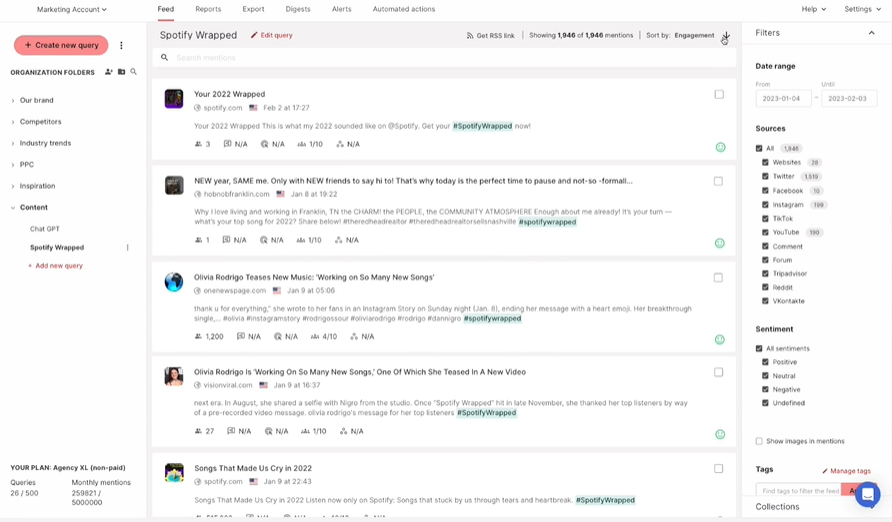
Keyhole
Predominantly a social listening tool, this platform is fantastic for keeping tabs on hashtags, keywords, and URLs. Imagine being able to detect a trending hashtag related to your industry just as it’s starting to gain traction. The site also makes use of hashtag analytics to detect influential users, postings, and discussions around a certain subject.
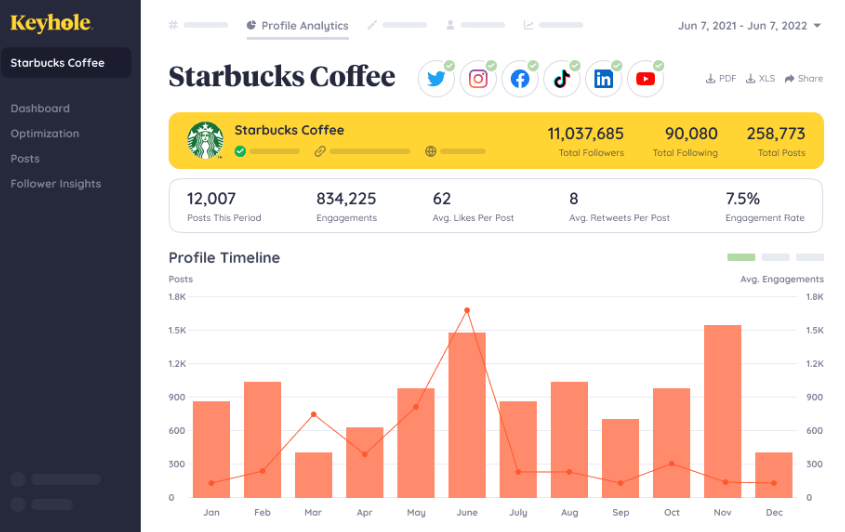
HubSpot
While HubSpot may be best known for its comprehensive marketing suite, it’s not one to be left behind in the social arena. Their monitoring tools allow you to engage with your audience directly, ensuring every question, compliment, or complaint is addressed in real time. The tool reveals the connection between social interactions with sales and top-performing content. For instance, you may use social media to observe how customers respond to a certain piece of content.
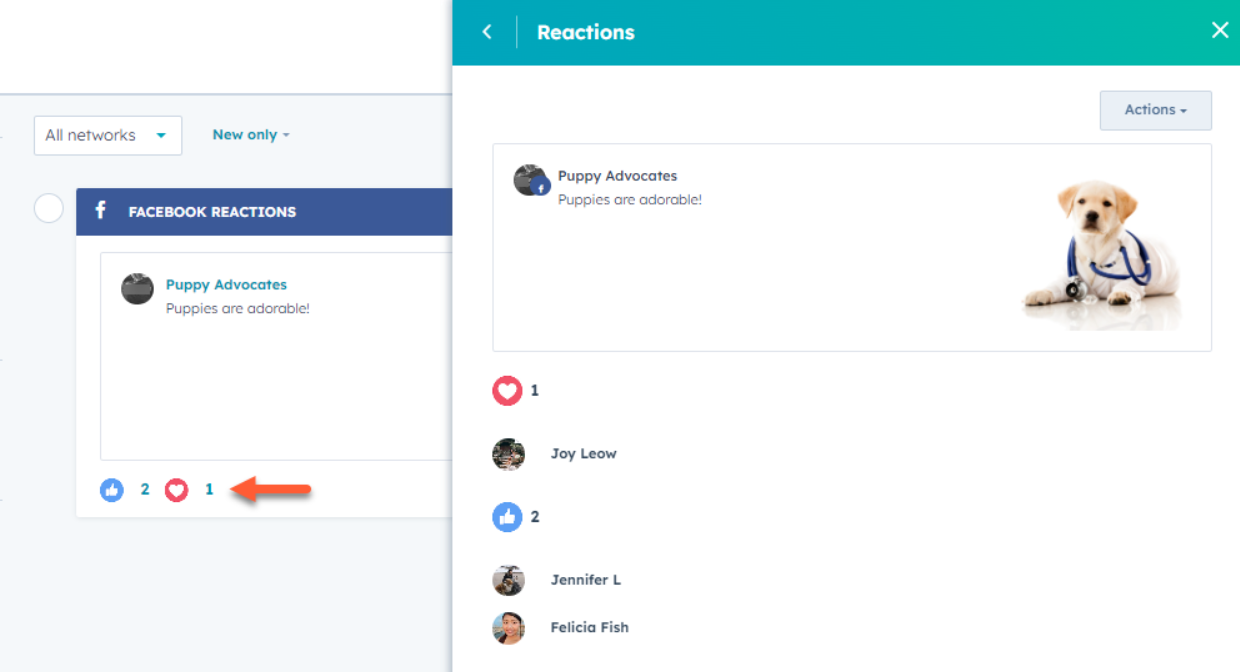
Zoho Social
Those that use Zoho as a CRM will love Zoho Social. You may create a unique listening dashboard using the platform. This provides you with a thorough overview of your PR and social presence, from hashtags to specific media sources. Zoho Social features robust search capabilities. They aid in the discovery of fresh business opportunities and keep tabs on competitors, hashtags, and events before saving those for later use. Regardless of the social network, users will also receive a Brand Inbox that keeps all of their messages and interactions.
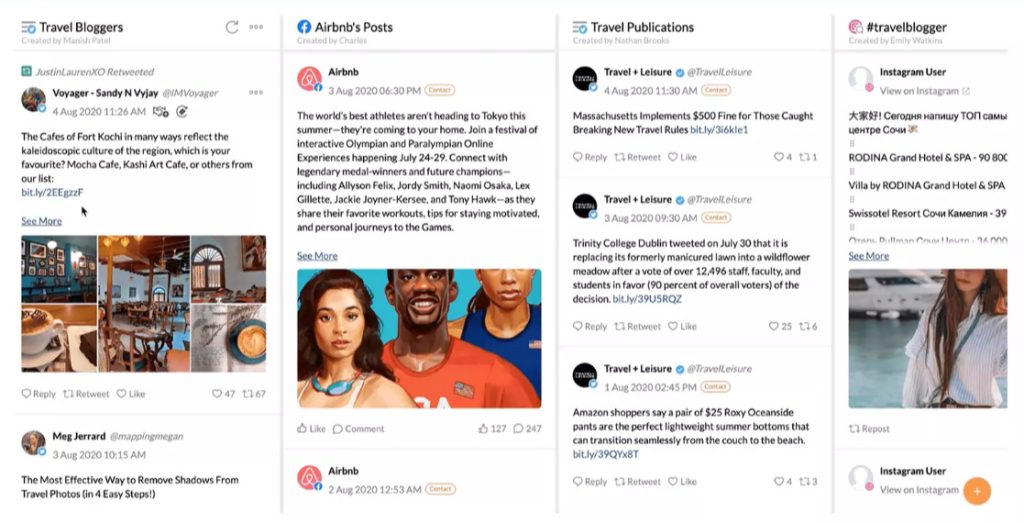
Awario
The application provides real-time online searches across several platforms. It makes sure you’re constantly in the loop whether you want to track specific brand mentions or listen in on more general industry discussions. Apart from the basic functions, Awario Leads can pinpoint specific occurrences of individuals requesting recommendations for a given sector.
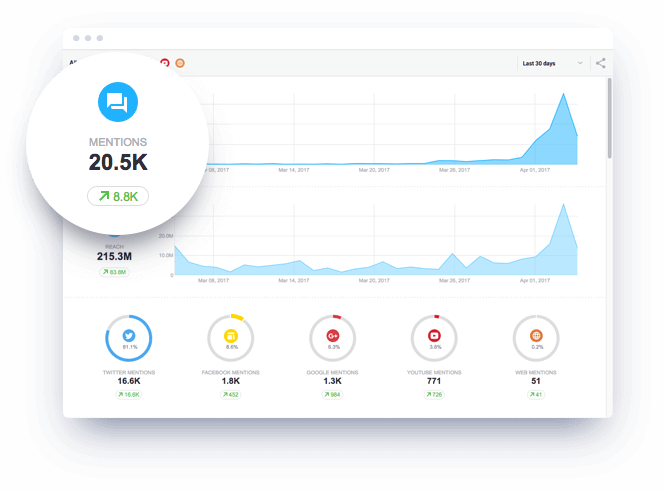
What Solution Should I Turn to?
Monitoring is perfect for enhancing customer service, increasing engagement, and preventing potentially dangerous posts from becoming viral. It’s crucial that you consider the larger picture, though. Social listening insights transform social media reports into practical plans.
Monitoring is better to start with, but the bigger your company is, the more you’ll need a social listening tool. In the best-case scenario, you should use both of them. Only with both solutions, you’ll have a comprehensive picture of all the nuances.
Final Word
Our main point is that there’s no need to choose one of the strategies. The best solution is to do listening and monitoring in a bond. Moreover, many social media management tools allow you to do both easily. While the strategies used separately have some limitations, together, they work perfectly well. For example, social listening provides data of questionable quality and can make mistakes in detecting the sentiment of a message. Social monitoring solves the issues, yet it’s often a tedious manual task, so listening speeds up the process.
Kate Parish is a chief marketing officer at Onilab. She has almost a decade of experience in the company and is still enthusiastic about every aspect of digital marketing. Kate sees the marketing mission in ensuring sustainable business growth. For this purpose, she helps companies and readers create efficient campaigns, solve common problems, and enhance crucial website metrics, such as conversions, bounce rates, and others.


